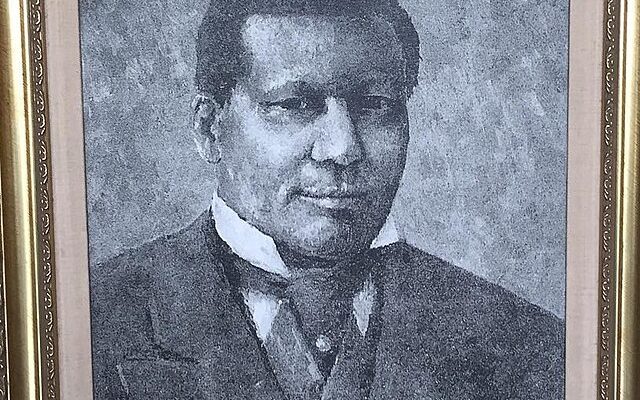
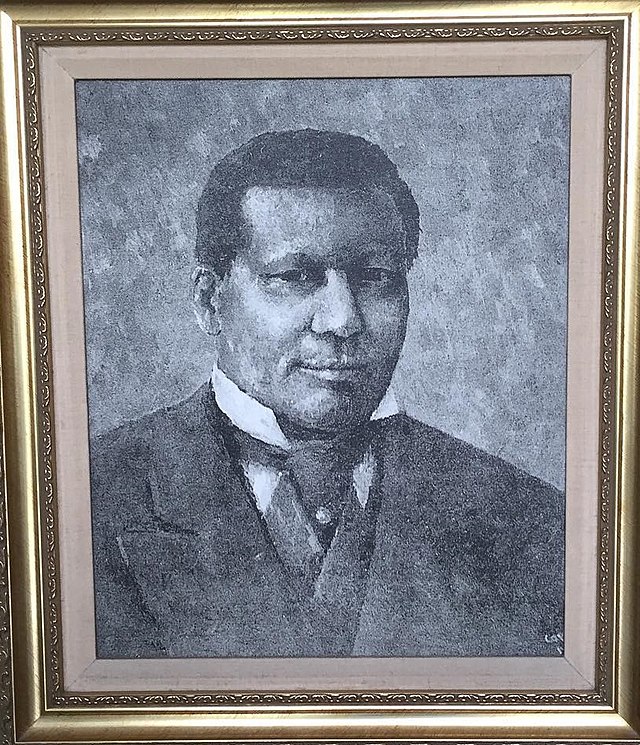
It was recently announced that plans are underway to rename the intersection of Hope, Waterloo, and Trafalgar roads as George Stiebel Square, but who is George Stiebel, and why is he an important part of Jamaica’s history?
If you have ever been to Devon House, chances are you went there to taste the popular tourist attraction’s world-famous ice cream or indulge in some delectable cuisine at one of its many restaurants.
But if you have done a tour of the Great House, you would probably know that George Stiebel is Jamaica’s first black millionaire and the man who built Devon House in 1881.
In announcing plans to rename the intersection, the order by Robert Hill, CEO (Town Clerk) of the Kingston and St Andrew Municipal Corporation, said Stiebel’s contribution “forms part of the continuum of writing outstanding Jamaicans into our history”.
Born in 1821, he is the child of a German Jew and trader Sigismund Stiebel, and his Jamaican housekeeper of African descent.
In his early years, Stiebel worked at the famous Ferry Inn in Jamaica, which travelled between Spanish Town and Kingston. A few years later, with the help of his father, he purchased ships of his own, setting up sea transport between North and South America.
It is said that his trading business venture ended in the 1850s when his ship sank, and he returned to Jamaica.
He then discovered a gold mine in South America that brought in millions, making him the first black millionaire in Jamaica’s history.
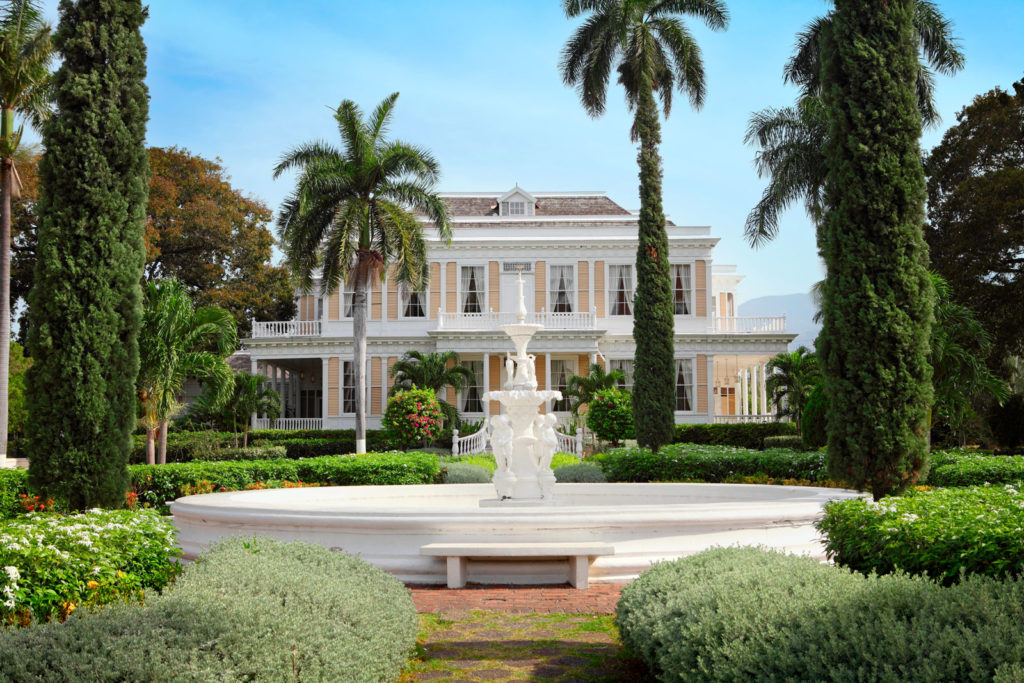
With his wealth, Stiebel invested heavily in property and is said to have owned more than 90 properties across Jamaica, inclusive of sugar plantations.
After the Church of England lost its ownership of Devon Penn in Kingston in October 1879, Stiebel purchased the property and commissioned Charles P. Lazarus to build Devon House two years later. He occupied the Great House with his family until he died in 1896.
The 62-acre property was then divided and sold in 1923. Eleven acres and the mansion went to entrepreneur Reginald Melhado, while the remaining 40 acres formed roadways such as Waterloo Road and Devon Road.
The Great House was then sold to Cecil Lindo in 1928. Following the death of Cecil, his wife Agnes moved to New York, and the mansion was left vacant.
Determine to save the property from demolition, then minister of welfare and development, Edward Seaga, placed a restriction order on the property under the National Trust Act. The Government then bought Devon House.
Now, the Great House is a prime tourist attraction and popular chill spot for locals. It was named the 4th Best Place to enjoy ice cream in the world in 2011 by National Geographic, in its book Food Journeys of a Lifetime: 500 Extraordinary Places to Eat Around the Globe.





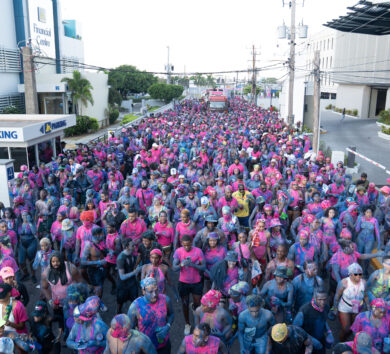
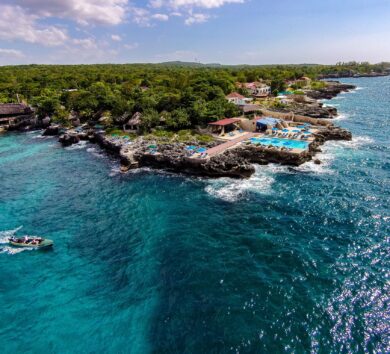
Comments